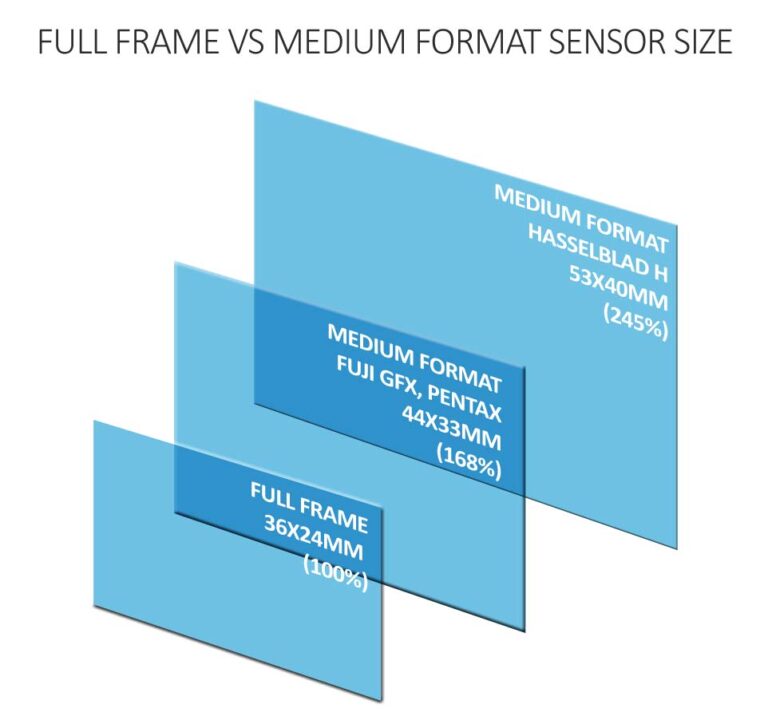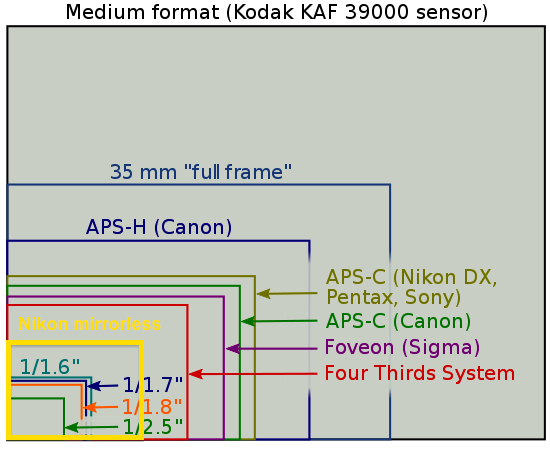
Things may change in the near future with medium format cameras. If you are a person who shoots in low light frequently and wants a powerful autofocus feature, then full-frame models like the Sony a7S III will be one of your nice options. In the full-frame camera segment, Sony a7S III is a very good example of what larger pixels can achieve in low light photography.

It is an example of how the larger sensor size is utilized for better low light performance without compensating on the sharpness of the image. Hasselblad X1D II 50C is a high-end medium format camera. The larger medium format allows manufacturers to add more pixels, but also increase the pixel size.Īn increased pixel size gathers more light and a higher number of pixels produce a sharper image. If a full-frame and medium format sensor feature the same number of pixels, then the pixels on the medium format sensor will be larger. The actual discussion point is about the size of an individual pixel. An increase in the number of pixels however doesn’t always add up to image quality. PixelsĪ larger sensor directly implies more pixels.

This can aid you very well while you are shooting fast-action scenes like action or sports. The autofocus in the medium format cameras is very slow compared to the high-speed AF technologies in full-frame cameras. The smaller sensor size will not be an issue for you if you are a regular or casual photographer. Note that medium format cameras are way more expensive than full-frame cameras. However, the larger size of the sensor makes its body larger, and hard to carry around. You can also use the larger frame to crop out unwanted details and yet attain a quality picture. The larger frame size in medium format camera can be very useful in product photography, or fashion photography. A medium format sensor also features a wonderful aspect ratio with a distinctive look that many photographers greatly admire. This provides more room for the photographer to play with shutter speed, aperture, and ISO. As a result, medium format sensors can gather more light than full-frame sensors when exposed for the same duration of time. Full Frame vs Medium Format Cameras Sensor SizeĪs discussed earlier, the size of a medium format sensor is larger than a full-frame sensor.

Let’s compare full frame vs medium format cameras in detail to have a better understanding of how sensor-size affects your photos. Finding a camera is all about finding that one solution that fits your need. There are no best cameras that will perform best in any given condition. A larger sensor has its own added benefits, and disadvantages. Any camera that features a sensor larger than the 36×24 mm and smaller than 100×130 mm is a medium format camera. Medium format cameras, on the other hand, equip a larger sensor size compared to a 35mm full-frame digital sensor. Full-frame is the standard in photography for comparing crop factors of different types of sensors. Full frame cameras pack a 35-mm film equivalent digital sensor inside them with 36 x 24 mm dimensions.


 0 kommentar(er)
0 kommentar(er)
